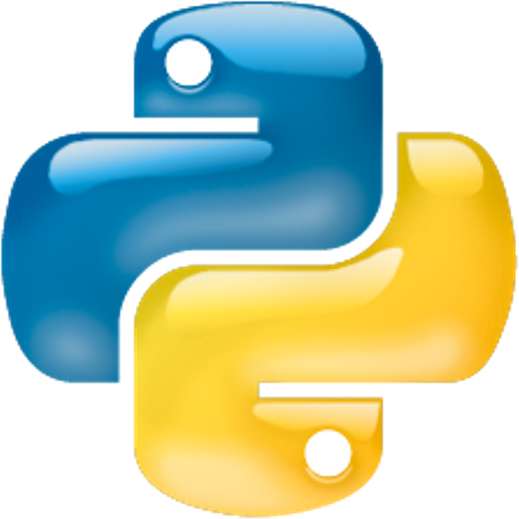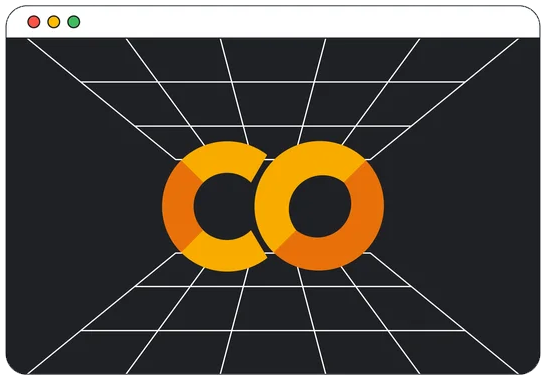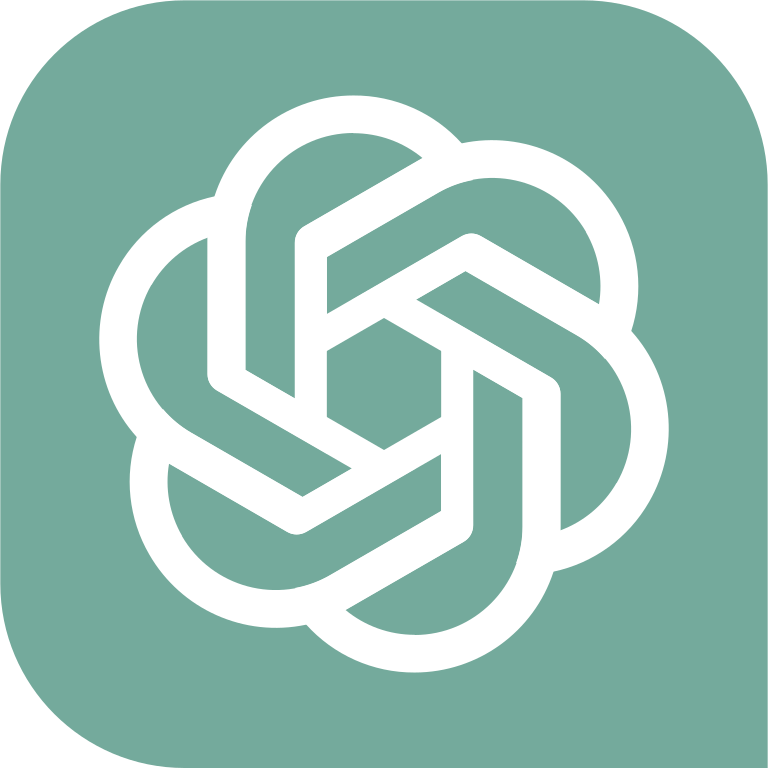Introduction
Welcome to Programming Across Disciplines with Python + AI Tools.
I have taught computer programming to hundreds of people in corporations and in college classrooms. Over the years, I used a variety of great resources available in print and online to teach computing and programming. However, I have always found myself writing supplemental materials because my teaching approach is interdisciplinary. My students come from many different backgrounds, with various interests, and have a wide variety of reasons and goals for learning programming. Most programming books, understandably, have a central topical focus, however, I need materials to cater to the programming needs of diverse students across disciplines—this is the central idea of this book.
Book Outline
The general structure of this book is based on the foundation computing concept of input ⇨ processing ⇨ output. The purpose of structuring the book in this manner is to serve the cross-disciplinary premise of this work. The programming challenges in most disciplines in academia and industry fundamentally deal with data (input) that needs to be processed for the purposes of producing some form of output. This book follows that order in presenting the primary topics surrounding programming in general and Python specifically.
The following is a summary of the book's structure. I recommend working through the book in this order:
- Chapter 1: Preliminaries
- Chapter 2: Data (Input)
- Chapter 3: Processing
- Chapter 4: Output
- Chapter 5: Python Across Disciplines
- Chapter 6: Advanced Python
- Reference Materials
Feedback
This book is a work in progress as my teaching is continuously evolving and technology is constantly changing. I am always interested in feedback on this project, so if you have any questions, comments, or suggestions, feel free to contact me ↗. Also, if you would like to receive sparse updates on the progress of this project, feel free to subscribe ↗ as well.



